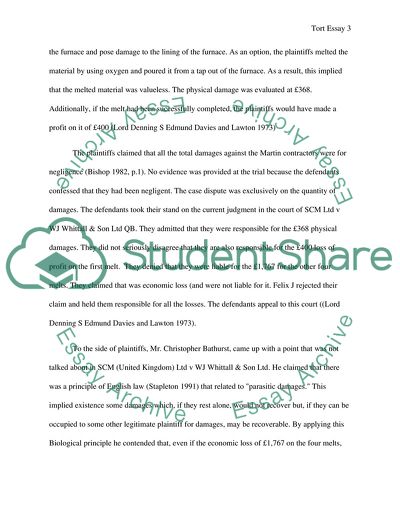Cite this document
(Analysis of the Case about Economic Loss Study Example | Topics and Well Written Essays - 1500 words, n.d.)
Analysis of the Case about Economic Loss Study Example | Topics and Well Written Essays - 1500 words. https://studentshare.org/law/1818032-tort-essay
Analysis of the Case about Economic Loss Study Example | Topics and Well Written Essays - 1500 words. https://studentshare.org/law/1818032-tort-essay
(Analysis of the Case about Economic Loss Study Example | Topics and Well Written Essays - 1500 Words)
Analysis of the Case about Economic Loss Study Example | Topics and Well Written Essays - 1500 Words. https://studentshare.org/law/1818032-tort-essay.
Analysis of the Case about Economic Loss Study Example | Topics and Well Written Essays - 1500 Words. https://studentshare.org/law/1818032-tort-essay.
“Analysis of the Case about Economic Loss Study Example | Topics and Well Written Essays - 1500 Words”. https://studentshare.org/law/1818032-tort-essay.


